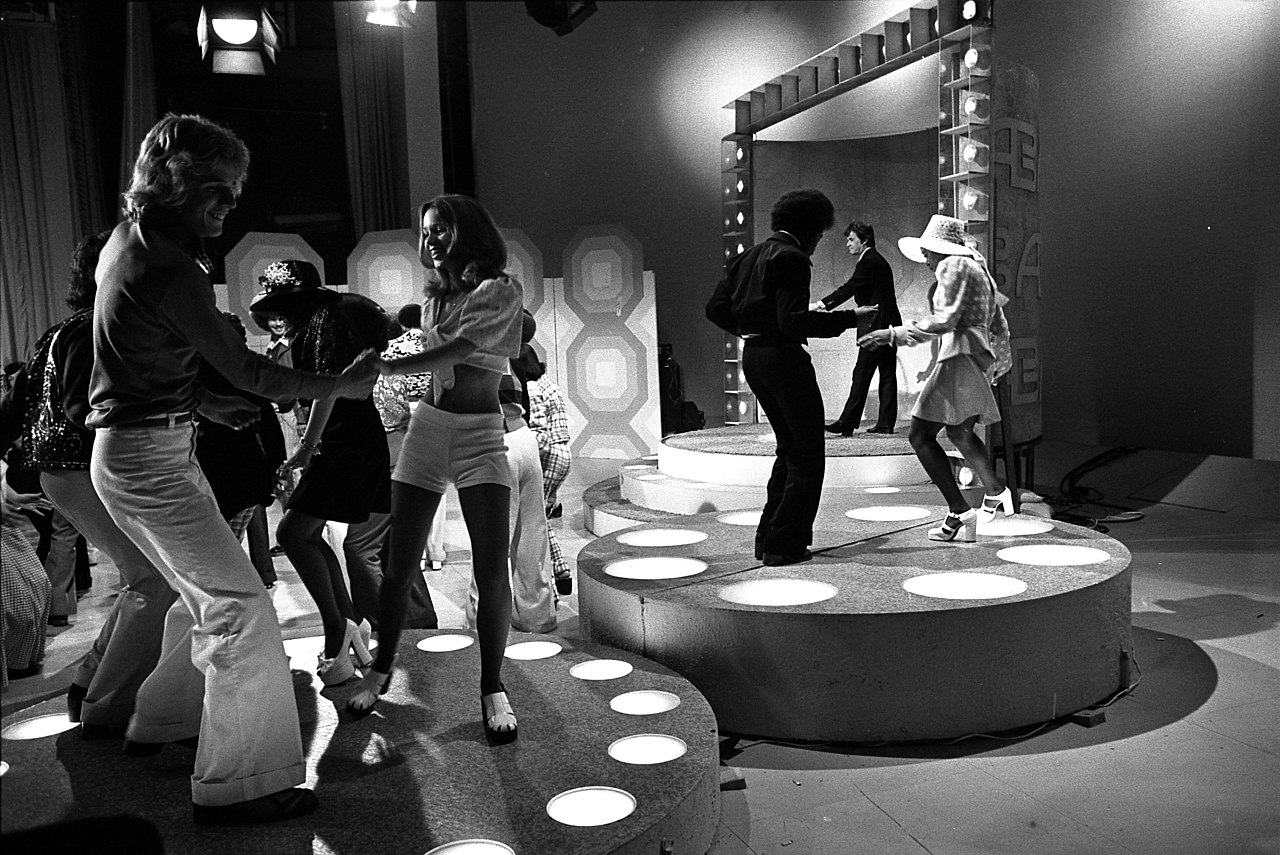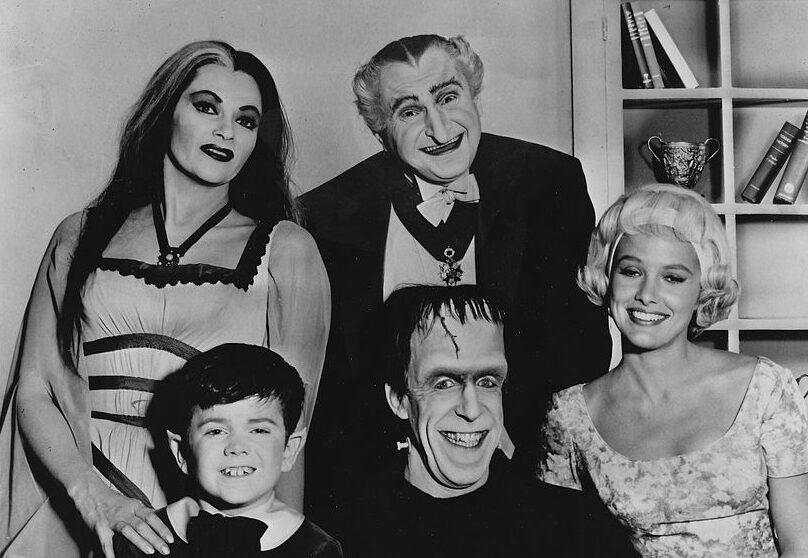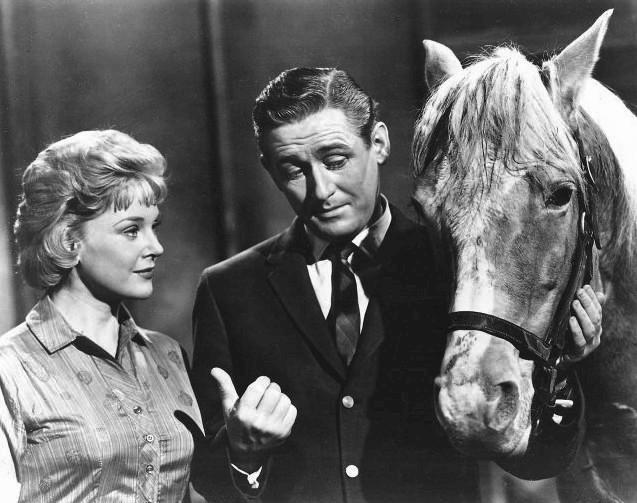Share this article with your network of friends!
For seniors who grew up in the 1950s, 1960s, and 1970s, “American Bandstand” holds a special place in their hearts. This iconic television show brought the joy of music, dance, and teenage culture right into their living rooms. As we reminisce about the past, let’s take a nostalgic trip down memory lane and revisit the magic of “American Bandstand” – a show that defined an era and left an indelible mark on American popular culture.
The Birth of “American Bandstand”
“American Bandstand” made its debut on August 5, 1957, originally airing in black and white on ABC. Hosted by the legendary Dick Clark, the show was an instant hit, eventually becoming one of the longest-running and most influential music programs in television history. Unlike other programs of its time, “American Bandstand” featured live dancing and performances by popular recording artists, transforming it into a cultural phenomenon.
The Studio and Teenage Dance Culture
The show was broadcast live from Philadelphia, and its studio at 46th and Market Streets became a pilgrimage site for teenagers across the nation. Youngsters gathered at the studio, hoping to be part of the audience or lucky enough to dance on television. “American Bandstand” showcased the latest dance moves and fashion trends, and its “Rate-a-Record” segment allowed teens to vote on new songs, giving them a sense of involvement and ownership in the show.
Famous Moments and Iconic Guests
Over its decades-long run, “American Bandstand” hosted some of the biggest names in the music industry. From The Jackson 5 and The Supremes to Elvis Presley and The Beatles, the show featured unforgettable performances that shaped music history. Dick Clark’s affable and cool demeanor earned him the nickname “America’s Oldest Teenager,” and his interviews with artists were always a highlight of the show.
Social Impact and Integration
“American Bandstand” played a significant role in promoting racial integration during a time when segregation was still prevalent in many parts of the country. The show welcomed African American and white teenagers to dance together on national television, sending a powerful message of unity and acceptance.
The Enduring Legacy
As television and music evolved, “American Bandstand” remained a cultural touchstone through the decades. Its influence extended beyond the screen, shaping the way people consumed music and the role of teens in popular culture. The show brought diverse musical genres to the forefront, and its impact on the rise of rock ‘n’ roll and other music movements cannot be understated.
Conclusion
“American Bandstand” remains a cherished memory for seniors who grew up dancing to the tunes of their favorite artists on television. It was a time of innocence and camaraderie, and the show embodied the spirit of an entire generation. Today, as we look back on those cherished moments, “American Bandstand” serves as a reminder of the power of music to unite and uplift. Its legacy endures in the hearts of those who were part of its magic, forever connecting us to a bygone era of joy, dancing, and the timeless melodies that continue to bring us together.
DISCLAIMER: This website contains articles for informational and entertainment purposes only. No articles on this website should be considered as professional advice for any medical, legal, or financial matter. Advertisements and content may contain affiliate links, where the website earns a commission for sales derived from our users.






[…] Train” was more than just a television show; it was a cultural movement that brought people together through the power of soulful music and […]